Classical hardwood furniture stand
Shelf furniture is mainly placed indoors and refers to the hanging and supporting appliances used in daily life, which are used to hang or support the necessary items and containers in daily life. It mainly includes coat racks, basin racks, lamp racks, lamp stands, mirror stands and dressing tables.
【Coat rack】
A clothes hanger is a rack with a bracket and a horizontal bar for hanging clothes. It is usually set up in the bedroom, mostly placed near the bed or on the side of the door, and coordinated with the bed, cabinet, table, chair and other furniture in style. It is less common in the outer room. Ancient clothes hangers are different from modern clothes hangers. They are mostly horizontal bar-shaped and are mainly used to hang clothes instead of hanging them. There are columns on both sides and a wooden base below. There is a horizontal beam between the two columns, with a sign in the middle, and a horizontal beam growing out of the two columns on the top, with a round dragon head at the end. Ancient people often wore long robes, and they put their clothes on the beam after taking them off.

Qing Dynasty: Red Carved Hat Stand
The clothes hangers of the Ming Dynasty inherited the ancient planing, and their basic shapes are similar. The lower part is a wooden block as a seat, and the two bases are planted with pillars. There are teeth to hold the blocks and pillars. There are headrests on the two pillars. The heads are protruding at both ends, and are generally decorated with round sculptures, such as cloud patterns, dragon heads and phoenix heads. The middle part is mostly decorated with gorgeous flower boards, called "middle brand". The horizontal structure of this hanger is very suitable for wearing the wide robes of the Ming Dynasty. Clothes and hats can be hung at both ends of the headrest, which is completely different from the modern vertical hanger structure. The shape of the clothes hangers in the Ming and Qing Dynasties is generally simple and generous, the components focus on roundness and smoothness, the decorative style is simple and bright, the materials are exquisite, and the workmanship is exquisite and delicate.
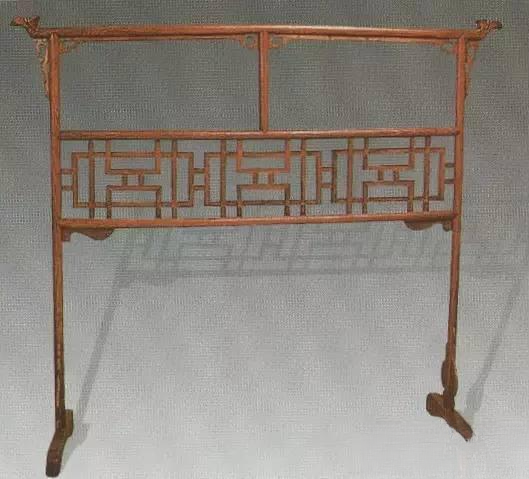
Ming·Elm geometric pattern hanger
A hat rack is a rack used to place hats. When ancient officials returned to their homes after leaving the court, they had to undress and take off their hats in the hall. Because there were wings or feathers on the back of the hat, a special stand was needed to place it, so a hat rack became a must-have item in the homes of ancient officials. There are hat racks and hat tubes, and the materials are either wood or porcelain.
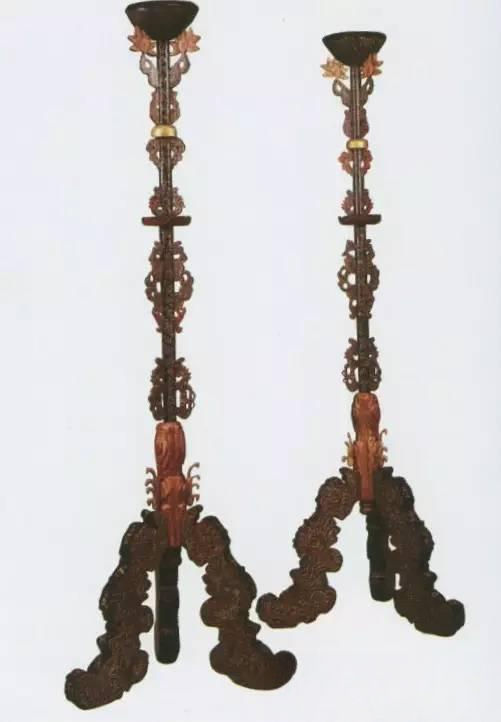
Late Qing Dynasty: Gilded Painted Lacquer Hanger
【Pot stand】
Basin racks are racks with multiple legs and a center that can hold basins. They are divided into high and low types. High basin racks usually have six legs, with two long and tall rear legs. The two columns at the back of the basin rack are raised upwards through the basin edge. The top of the top has protruding ends and is raised, with flower cards in the middle. There are often hanging teeth under the top, on which you can put a face towel. Low basin racks are generally plain and undecorated. There are three-legged, four-legged, six-legged and other different styles. There are two types of structures: integral and folding. The other type is without a towel rack, and the columns are not higher than the basin edge.
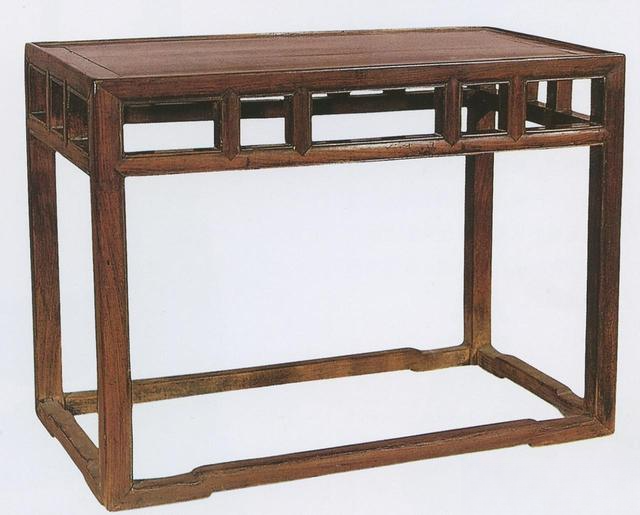
Qing Dynasty Huanghuali bonsai stand
Basin racks are available in round, square, pentagonal, and hexagonal shapes. Round basin racks are like large round stools, slightly higher, usually about 70 cm, with a round hole in the middle of the board that is the same size as the basin, for the basin to sit on. Basin racks with corners usually have as many legs as the number of corners, while round ones are not limited by corners and can have four, five, or six legs. Most of them have high waists, three curved legs, and several crossed horizontal stretchers at the bottom, and some have overlord stretchers.
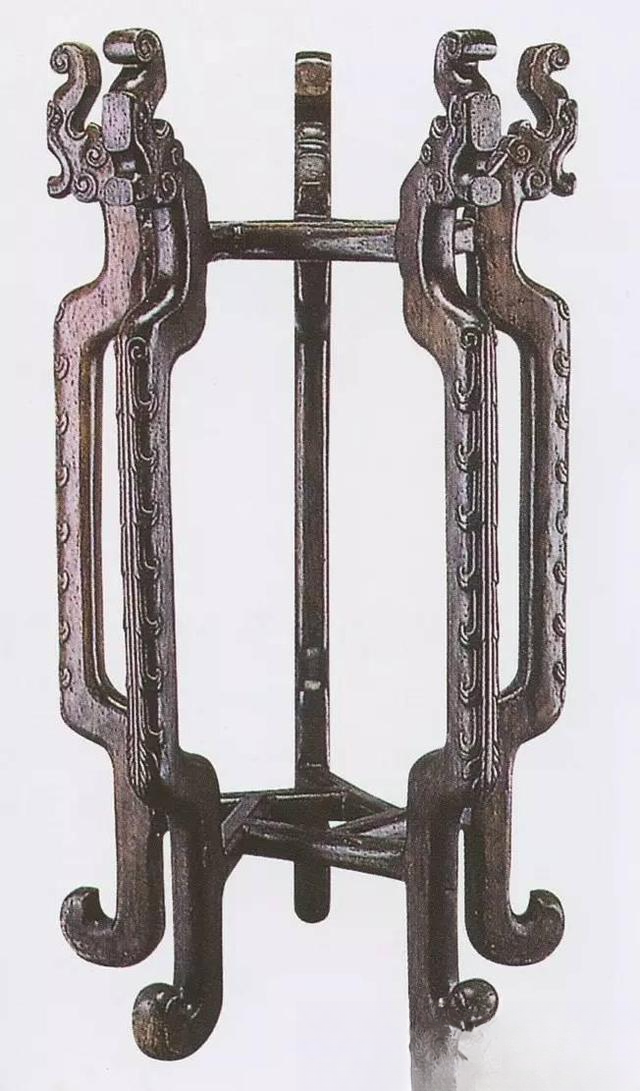
Qing Dynasty Rosewood Basin Stand

Qing Dynasty: Hexagonal carved Huanghuali wood brazier stand
【Light stand】
There are two types of lamp stands, one is the cantilever type and the other is the screen-mounted type. The cantilever type is used to hang lamps, while the screen-mounted type is used to place lamps. The screen-mounted lamp stand is like a screen stand, but narrower. A through groove is opened in the inner opening of the screen frame, and a horizontal wood is used to make tenons at both ends to fit into the groove, so that it can be moved up and down. A hole is punched in the middle of the horizontal beam on the screen frame, and a round wood is inserted into the hole, and the lower end is fixed on the movable horizontal beam. A round wooden sign is installed on the upper end of the pole, and the lower end is supported by four corner teeth. On the wooden sign, a lamp bowl can be placed, and then a cow horn lampshade is put on the outside.
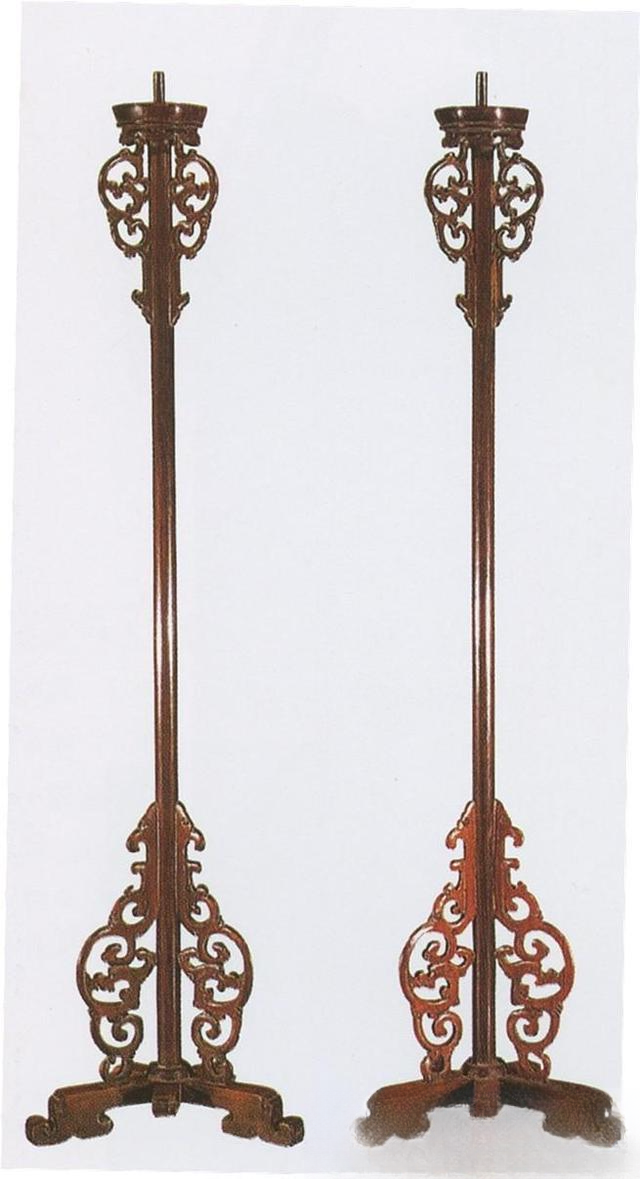
Mid-Qing Dynasty Rosewood Lampstand
Lighting lamp stands in the Ming and Qing dynasties can be roughly divided into three categories: fixed, lifting and hanging. The fixed pole type of high lamp stands is mostly Ming style, and the liftable lamp stands belong to Qing style furniture. Fixed lamp stands are often made of a "cross" or triangular wooden pier as the chassis, with a lamp pole on top, and the bottom of the lamp pole is clamped by standing teeth on the four sides. The platform on the pole supports the lampshade, and there are supporting angle teeth and auxiliary columns under the plate to support the platform. The base of the liftable lamp stand adopts a screen type, with a "D"-shaped crossbeam at the lower end of the lamp pole, and the two ends are tenoned and placed in the straight groove on the inner side of the base column. The lamp pole can slide up and down along the straight groove, and there is a wooden wedge to fix the lamp pole. There are also more sophisticated structures, such as inserting the lamp pole in the middle of the liftable "Ran"-shaped seat frame, adjusting the height of the lamp stand through mechanical action, so that the lighting is suitable for different needs, which is both beautiful and practical. Most hanging lamp stands are cantilever type, consisting of a cantilever and a base. A vertical column is inserted in the middle of the base, with a clamp. The lamp pole is inserted into the round hole of the wooden column. There is a copper corner in the shape of a dragon and a phoenix on the upper end, which is put on the wooden pole. A ring is nailed at the lower end to support the lantern. The lantern hangs naturally and flutters in the wind.
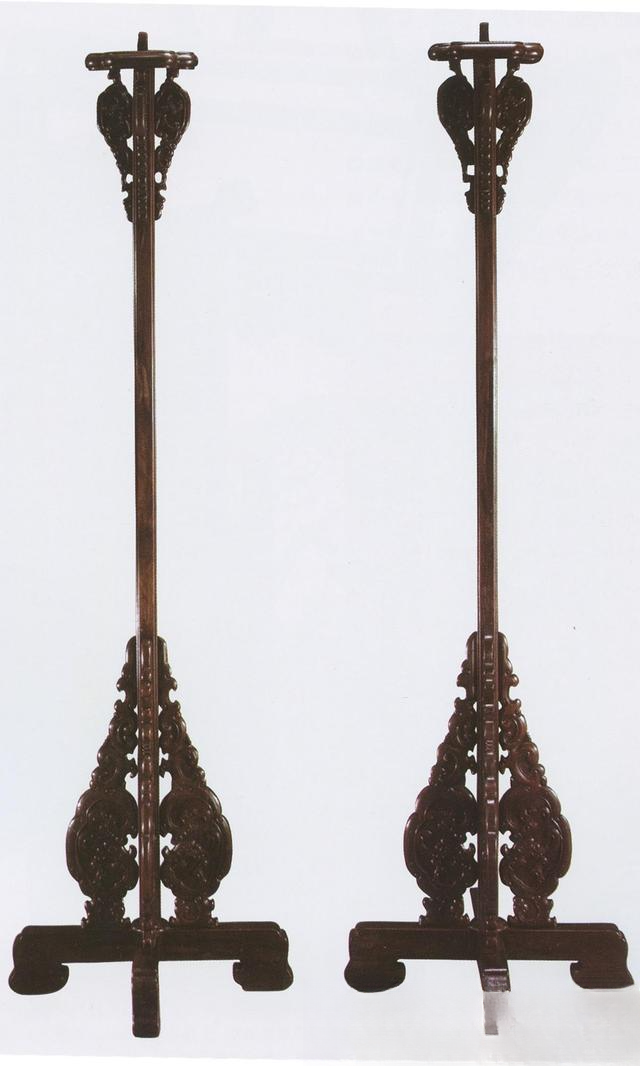
Qing Dynasty Rosewood Lamp Stand
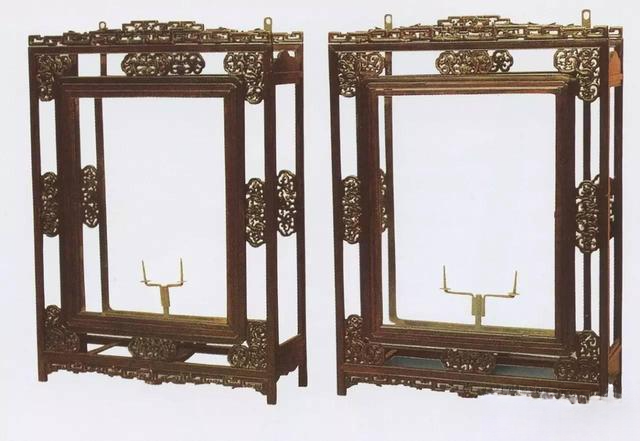
Qing Dynasty Rosewood Wall Lamp
【Dressing table】
The dressing table is like a small square box, with two doors facing each other on the front, several drawers inside the doors, fences on the four sides of the surface, a gap in the front, three to five small screens standing in the back side railings, the side panels are gathered forward, and a bronze mirror is placed in the middle. When not in use, the bronze mirror can be put away. The small screen can also be removed and laid down at any time. Like the official leather box, it is a common furniture style in the Ming Dynasty.
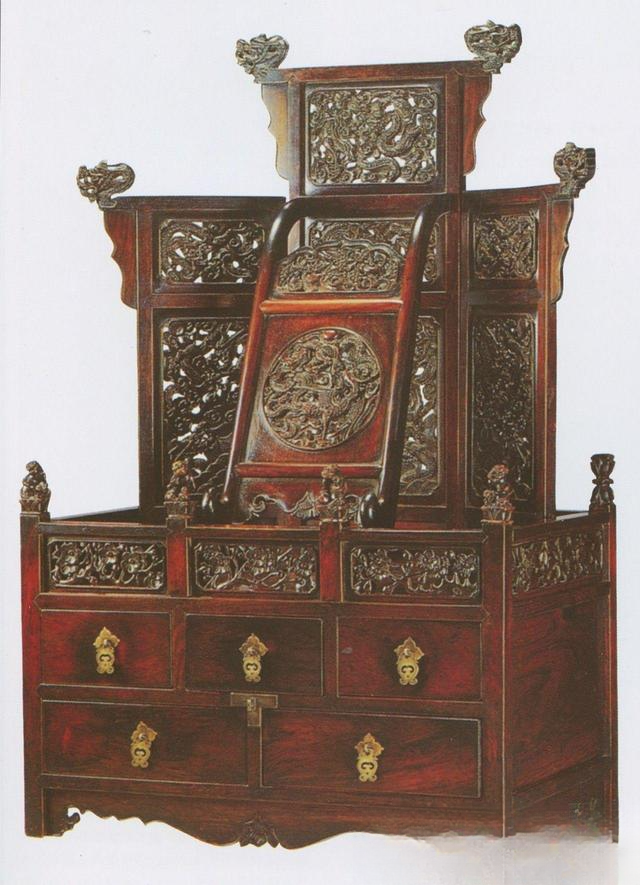
Late Ming and early Qing Dynasty Huanghuali three-fold screen mirror frame with carved dragon pattern

Qing Dynasty Rosewood Three-fold Dressing Box
There are two types of dressing tables: high and low. The high one is similar to a special table, with a mirror frame on the table, several small cabinets on the side, and a large glass mirror in the mirror frame, also known as a "mirror table". The low mirror table is smaller in size and is usually placed on a table. There are several small drawers under the mirror table, and a fence on the surface. It is also common to install a group of small screens at the back of the table, ranging from three to five panels, and there is a movable bracket in front of the screen to hang the mirror, also known as a "mirror stand".
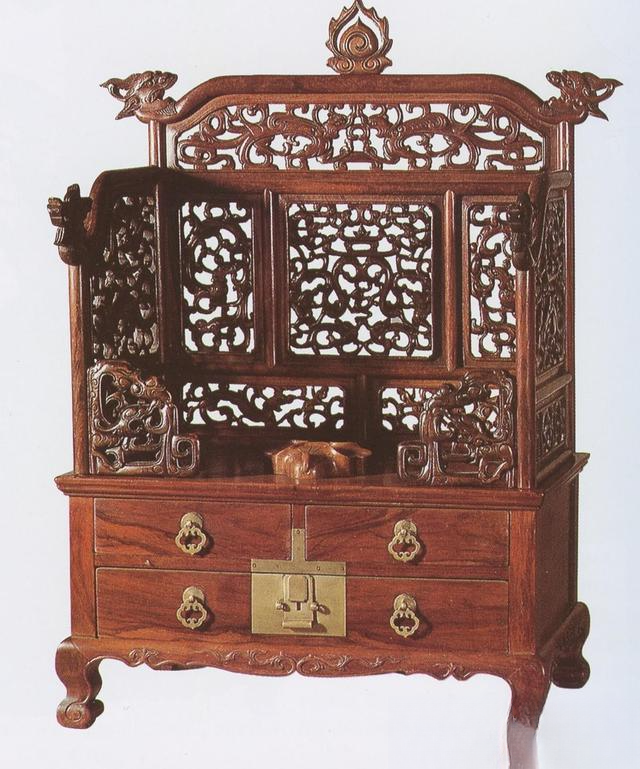
Ming Dynasty Huanghuali wood throne-shaped mirror stand with openwork dragon pattern
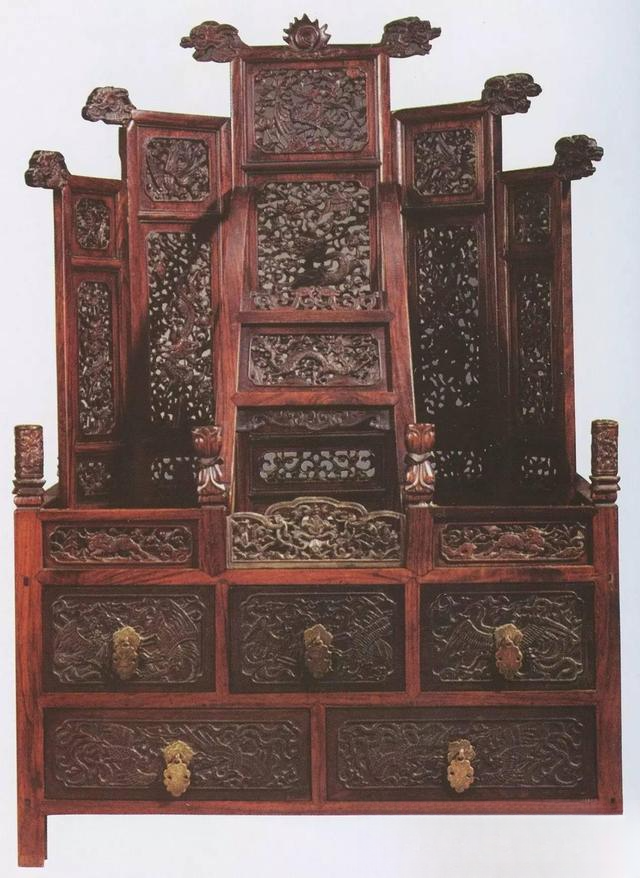
Qing Dynasty: Huanghuali wood screen-style mirror table